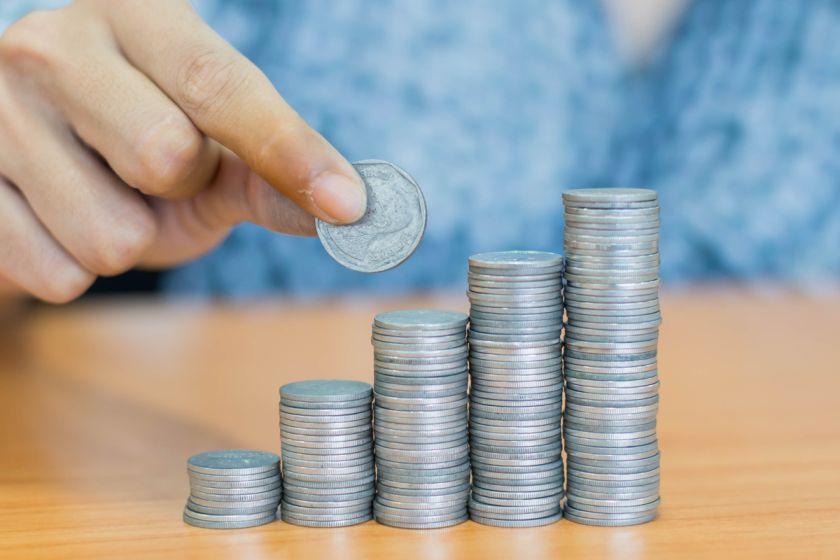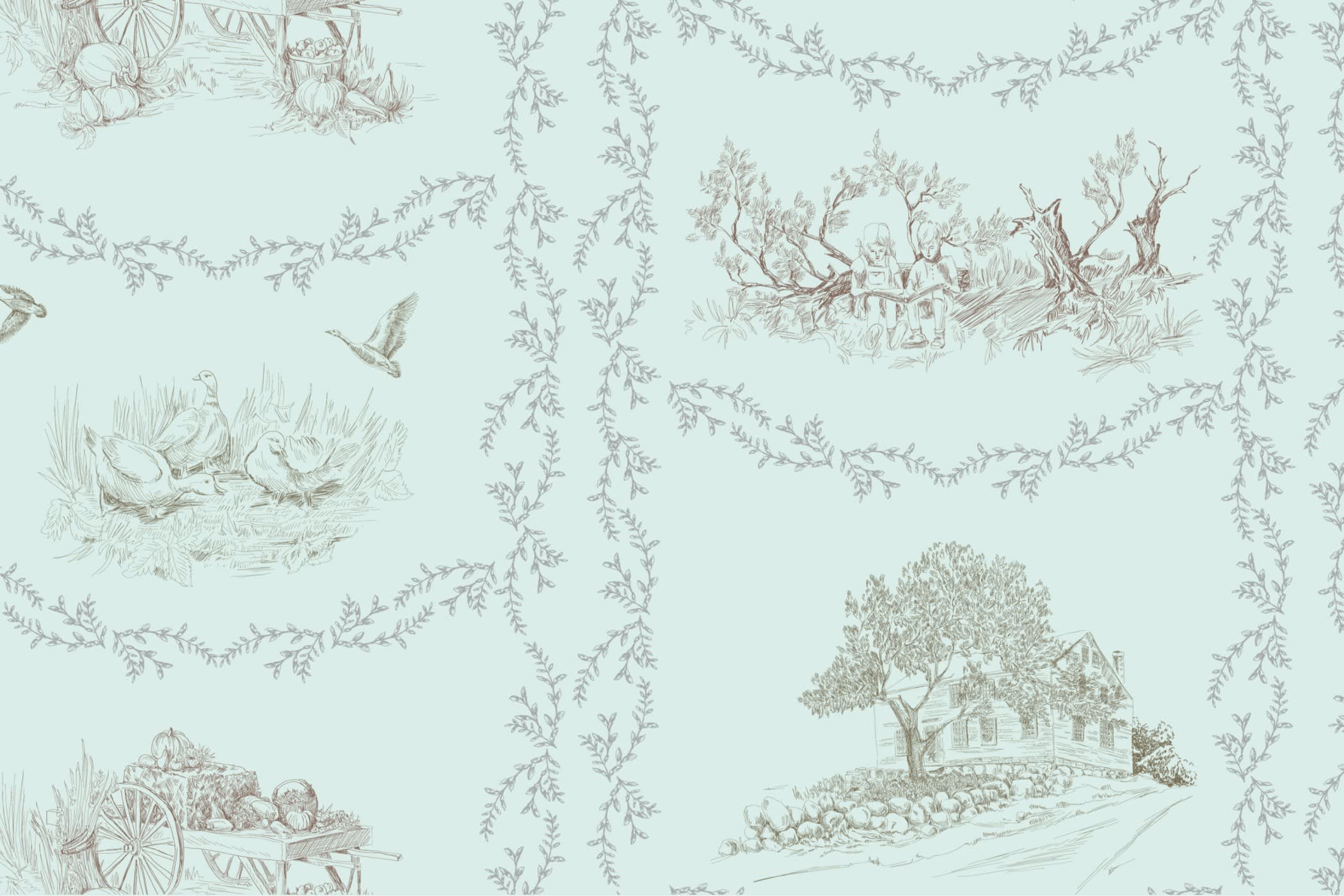Budget-Friendly Fabric Product Manufacturer for Clothing Brands



The textile industry has been growing rapidly in the past decade. In India, the growth rate of the textile industry is estimated at 8.7 percent from the fiscal year 2015 to 2020. Clothing suppliers are rising to meet this demand, especially the shift from cotton to synthetic fibers. The pandemic also led to complications due to supply chain shutdowns. Suppliers that could honor their commitments through these issues are in high demand. Due to the global pandemic and the effects thereof, the clothing boutique businesses in the USA showed a 1.4% decline in 2021. This may look like a small number, but this was a segment that had grown every year in the previous decade. Upcoming clothing brands need a balance of value for money, product quality and employee retention to create a lasting business. Businesses are now looking to be more agile and shockproof.
What does ‘budget -friendly’ imply?

New clothing manufacturers run on tight budgets, and some make the unfortunate decision of cutting on quality. For example, two polyester fabrics may both be rated 600D but have different densities and tensile strengths. Cheap polyester can be identified by low density and surface defects. Similarly, at the same thread count, organic cotton will be more expensive than conventional cotton, but it is more sustainable and has a softer hand. Consumers are aware of such differences (even though they may not know the technical terms for it). Clothing brands that become successful in the long run will source from reliable manufacturers that provide reasonable pricing without resorting to poorly made fabric. Another common cost-cutting practice is subcontracting – where the manufacturers can outsource a part of their process to unregulated factories, where workers’ rights may be being violated to provide the cheapest rate. A good rule of thumb here is to see if a manufacturer’s factory is open to visitors. A level of transparency must be provided so that no questions can be raised about the brand’s ethical practices. Many fast-fashion brands were driven out of business when their unethical practices were exposed, certainly not any budget-friendly upcoming brand would aim for! A brand can refer to the previous clients of a manufacturer and get an idea of what they are dealing with.
Streamlining Processes
For many businesses, the cost and time associated with manufacturing and the need to develop new products take a significant amount of time and money. The process may be made cost-effective in an ethical manner if the manufacturers are able to source the trims and other support materials and can respond fast. It is also beneficial to automate as many processes as possible to reduce the turnaround time. The manufacturer can also mirror the brand’s values. For example, if the brand is sustainable and eco-friendly, the manufacturer should be known for using sustainable water management, use of natural dyes and organic and recycled fabrics etc. It is also helpful to have a supply chain that connects to multiple manufacturers. It will allow the brand to have alternatives if they are required.
The clothing industry is made up of four main sub-sectors: textiles, footwear and accessories, apparel manufacturing, and retail merchandising. These four sub-sectors are often interrelated and influence each other. Many brands can benefit from purchasing from manufacturers that can provide them with materials required for all four sectors. This can also prove efficient for the manufacturer, as they do not have to look for customers over and over.
Effects of Globalization
The markets for fashion have become increasingly globalized, and the customers worldwide are shifting to online portals. As per the McKinsey Report on the State of Fashion in 2020, the year-on-year growth in APAC cross-border B2C e-commerce transaction value is 37 percent. It is estimated that the global clothing industry generates over $4.4 trillion a year, with the majority of this global market in developing nations, particularly in Asia. Over the last few decades, the global fashion industry has expanded and diversified. A recent example of such diversification was when major fashion labels started selling PPE and masks when the demand for clothing plummeted during the pandemic. Additionally, social media has become the tool of choice of small brands to market directly to a worldwide audience. Asian consumers are more likely to be open to new formats and platforms when buying clothing. This implies an increased load of logistics on the brands, as they must reach the customer within the stipulated time, no matter where they are in the world. This can lead to an additional cost. This cost may be offset by the fact that textile manufacturers in any part of the world can supply the brand with what they require. Certain textiles and notions are traditionally cheaper in certain countries- for example, jute is traditionally produced in India and Bangladesh and is often sold at more affordable prices as compared to other countries. An upcoming clothing brand can look for a manufacturer that provides what they need at the smallest cost. It is recommended to have an agent negotiate in your stead, as agents are trusted by the manufacturers, where individual brands may not be taken seriously.
Technological advances

A novel way to democratize the process of launching a clothing brand employs machine learning in the supply-chain process. This way, the B2B interaction is made agile and more robust to last-minute changes and disruptions. For example, some brands that earlier looked to China for silk fabric pivoted to India and Vietnam when the supply chains were interrupted. AI also makes quality checks more reliable as they are automated. Clothing brands can be best matched to the manufacturer that can produce the required type and quantity of the fabric within budget constraints. Automation of all these processes frees up a lot of time for the brand- automated systems can lead to a 4X faster turnaround time. This benefits the manufacturer as well. Earlier, new manufacturing units had to attend trade shows and create elaborate websites to convince customers to buy from them. Now, they can sign up for a platform, such as Fashinza, where a customer looking for their products can be automatically matched to them.
The clothing industry, and the global economy in general, is still reeling under the effects of Covid-19. However, many designers are still bravely pursuing their dream of creating a clothing brand. Now more than ever, there is the need to streamline the process from design to marketing, so that a decent quality product can still be made available to cash-strapped customers. The new clothing brands will have to balance customer expectation and their profits. Fortunately, automation can help achieve this goal. A platform with a multinational presence, such as Fashinza, can help the brand reach the most cost-effective supplier while maintaining transparency about the manufacturing process. Automation can also reduce follow-up time, which can eat into a brand’s budget. The most budget-friendly way to find a manufacturer might just be to let AI do it.



















